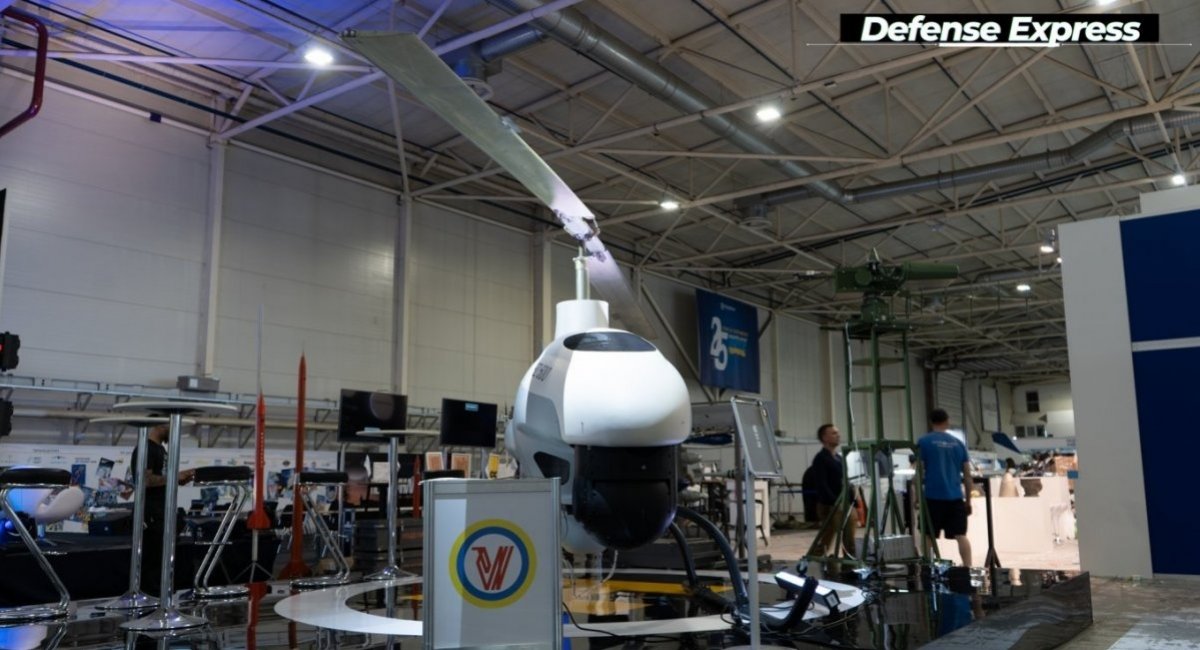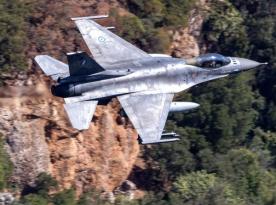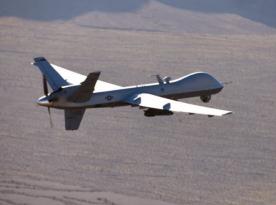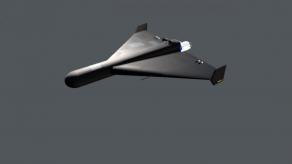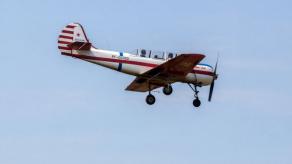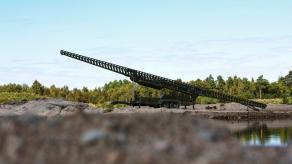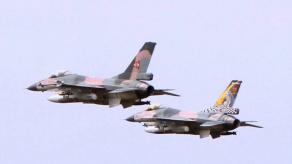Just as Defense Express predicted, russia are trying to cover up the shelling and, likely, the downing of its own helicopter over Naro-Fominsk, near Moscow, on the night of April 10. To do so, the Kremlin's media had to invent a Ukrainian kamikaze-super-helicopter.
This narrative first emerged from a russian Telegram blogger and has since spread widely across russian media. Evidently, acknowledging the chaos within their own air defense system is even less palatable than claiming Ukraine can produce unique drones capable of safely reaching Moscow’s outskirts.
Read more: Mistaken For a Drone, russian Helicopter Goes Down to Friendly Fire in Moscow
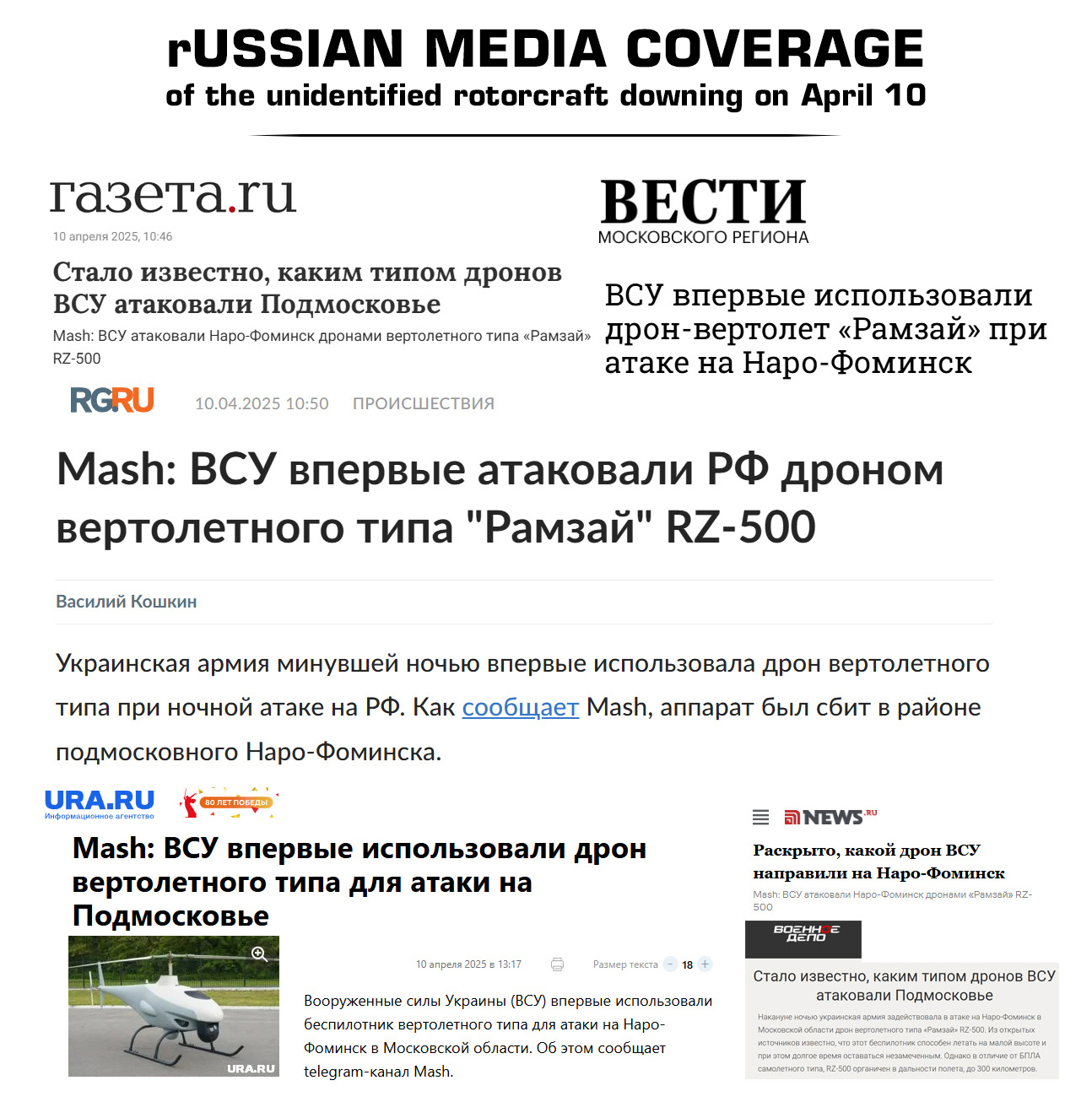
In summary, the russian version claims that a Ukrainian RZ-500 Ramzai helicopter drone, capable of flying 300 kilometers (per their own info), was responsible for the night attack — which is why it was equipped with blade tip and navigation lights — and was shot down near Naro-Fominsk, some 400 km from the Ukrainian border.
This ridiculous explanation, however, is tailored for a domestic audience without critical thinking whatsoever and conditioned to accept any explanation, no one questions asked.
In a way, it is reminiscent of russian propaganda takes from 2022, where the media threatened that their Sarmat intercontinental ballistic missile, with only an 18,000-kilometer range, could strike the United States via the South Pole.
The choice of the RZ-500 for this story is unsurprising: it is the only known Ukrainian helicopter-type drone. It was publicly displayed at the Arms and Security exhibition in 2021, revealing its specifications, including a 300-km autonomous flight range and a 60-km communication range.
However, Ramzai's design and capabilities were centered around a different role: it was positioned as a tool for tactical strikes and reconnaissance, not for one-way attacks. In particular, the drone was also capable of carrying precision-guided anti-tank weapons.
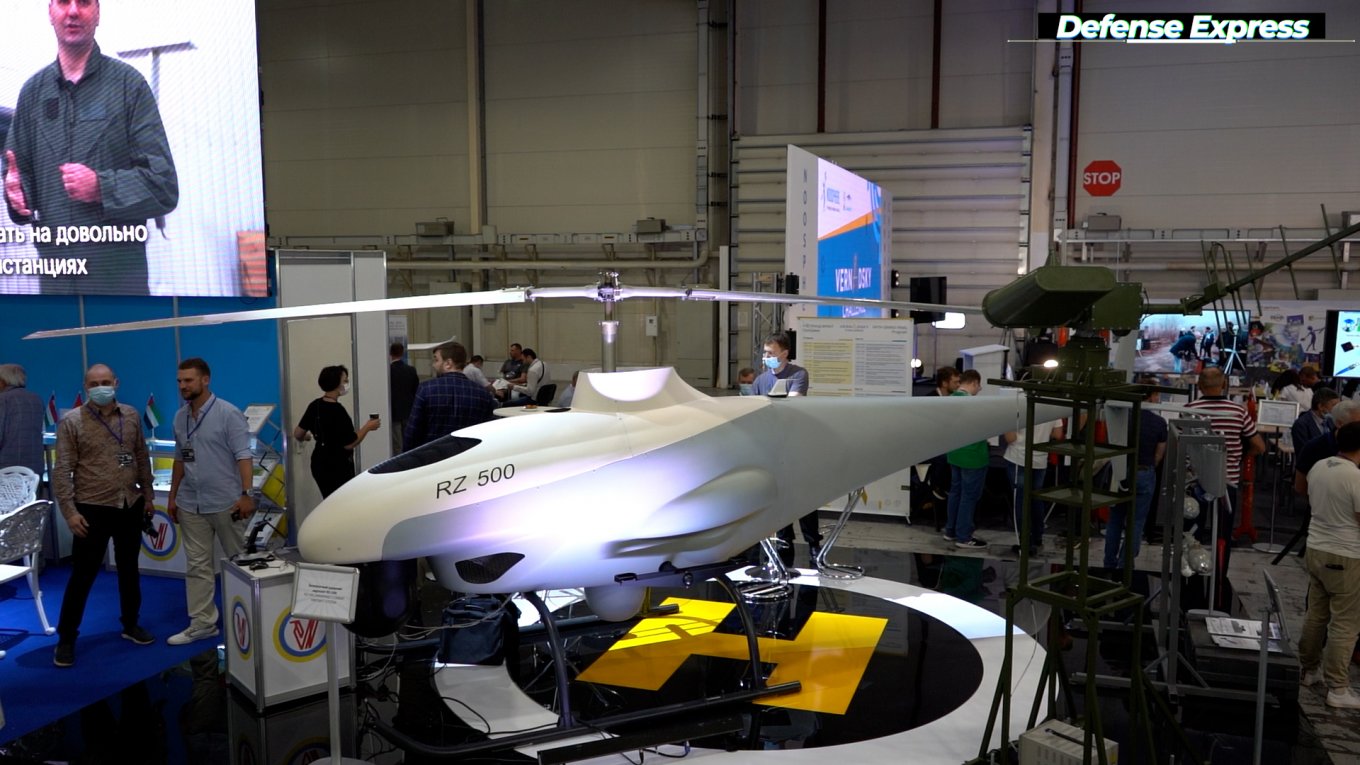
Since then, the RZ-500 has largely faded from public view. In 2025, its viability in real combat conditions appears doubtful. Penetrating deep into enemy territory is highly challenging; for remotely operated strikes, kamikaze drones have become the preferred tool; and the niche of heavy vertical take-off drones is dominated by multicopters.
Helicopter-based designs, in general, are poorly suited for one-way, long-range attacks. Compared to fixed-wing drones, they suffer from shorter range, lower speed, reduced payload capacity, and significantly higher radar and acoustic visibility while also requiring more powerful engines.
Read more: Why the Transfer of 86 T-72 Tanks from the Czech Republic to Ukraine Took More Than Two Years - and What This Reveals



